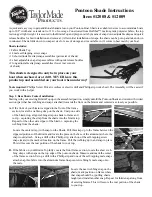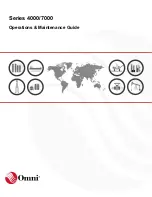
IPv4
IPv6
Identification of DHCP clients/
server
Client ID:
MAC address
DUID + IAID(s) = exactly one interface of the host
DUID = DHCP unique identifier
Identifies server and clients uniquely and should not change,
not even when replacing network components!
IAID = Identity Association Identifier
At least one per interface is generated by the client and re‐
mains unchanged when the DHCP client restarts
Three methods of obtaining the DUID
● DUID-LLT
● DUID-EN
● DUID-LL
DHCP
via UDP with broadcast
via UDP with unicast
RFC 3315, RFC 3363
Stateful DHCPv6
Status-dependent configuration in which the IPv6 address and
the configuration settings are transferred.
Four DHVPv6 messages are exchanged between client and
server:
1. SOLICIT:
Sent by the DHCPv6 client to localize DHCPv6 servers.
2. ADVERTISE
The available DHCPv6 servers reply to this.
3. REQUEST
The DHCPv6 client requests an IPv6 address and the
configuration settings from the DHCPv6 server.
4. REPLY
The DHCPv6 server sends the IPv6 address and the
configuration settings.
If the client and server support the function "Rapid commit" the
procedure is shortened to two DHCPv6 messages SOLICIT
and REPLY .
Stateless DHCPv6
In stateless DHCPv6, only the configuration settings are trans‐
ferred.
Prefix delegation
The DHCPv6 server delegates the distribution of IPv6 prefixes
to the DHCPv6 client. The DHCPv6 client is also known as PD
router.
Resolution of IP addresses in
hardware addresses
ARP (Address Resolution
Protocol)
NDP (Neighbor Discovery Protocol)
Description
2.6 Interface identifiers and addresses
SCALANCE W770/W730 acc. to IEEE 802.11n Command Line Interface
Configuration Manual, 09/2017, C79000-G8976-C324-08
33
















































